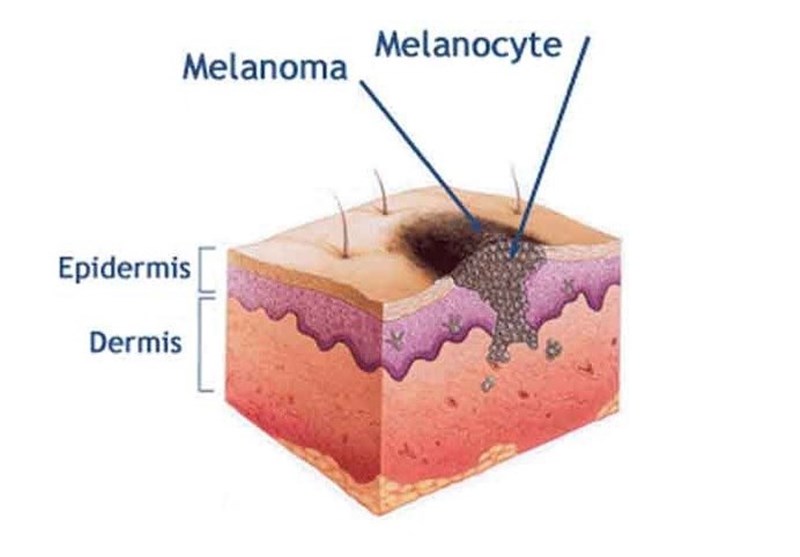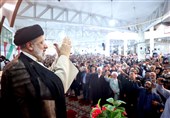Skin Cancer: New Drugs with Surprising Powers
TEHRAN (Tasnim) - Finding new, more effective and personalized treatments for cancer is the challenge of many researchers. The challenge has been successfully met by a team that has just synthesized and developed new drugs for melanoma.
A team from Inserm led by Stéphane Rocchi has synthesised and developed new drugs for melanoma. One of them, known as HA15, reduces the viability of melanoma cells without being toxic for normal cells. This work has been published in the journal Cancer Cell.
Melanoma is a highly aggressive form of skin cancer. It affects melanocytes, the cells responsible for the synthesis of melanin, which gives the skin its color. There are 3 stages of tumor progression: radial growth, in which the cells proliferate in a disordered manner in the epidermis, the vertical growth phase, which involves invasion of the dermis, and finally the metastatic phase, corresponding to the dissemination of the cancer cells in the peripheral tissues.
Although encouraging results have been obtained for treating the metastatic phase (using targeted therapies or immunotherapies), most patients will need additional treatments to prevent the tumor from coming back, and to prevent more metastases from developing. The identification of new drug candidates is therefore an unavoidable element for the establishment of effective biotherapies against this cancer, the incidence of which is doubling every ten years.
In this context, researchers from Nice discovered a new family of drugs, the Thiazole Benzensulfonamides (TZB), which have useful anticancer properties. "Initially this family of drugs was identified in type 2 diabetes, as it increased the sensitivity of cells to insulin. If we wanted to use it against cancer, we had to be able to eliminate this proinsulin activity," Stéphane Rocchi explained. "Thus we started to modify its structure."
After many attempts, the initial TZD structure was extensively modified thanks to a fruitful collaboration with Dr Benhida's team from the Nice Institute of Chemistry, to obtain a formulation in which the "lead compound" was called HA15.





